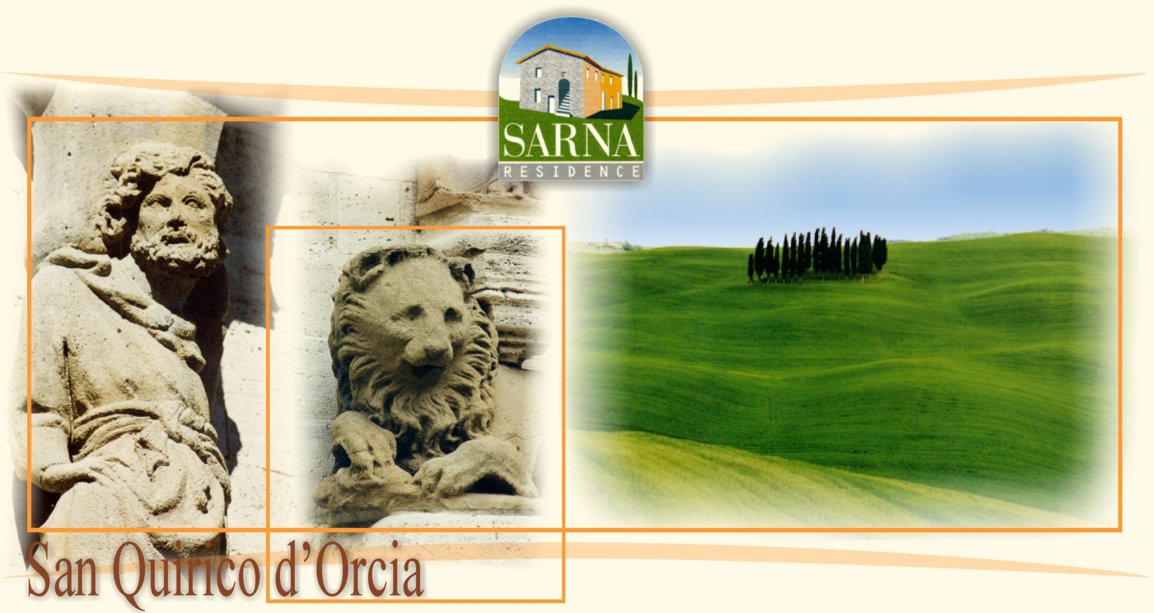
San Quirico d'Orcia is an ancient medieval town, probably with Etruscan origins, situated around 40km south of Siena, in the hills that divide the valleys from the Asso and Orcia rivers. Located right on the Via Francigena or Romea, it was an obligatory stopping place for travellers, pilgrims and merchants on the way to Rome. Among others, Frederick I of Swabia, known as "il Barbarossa", stopped here to meet the messengers of Pope Hadrian IV. This historical meeting is re-enacted every year in a local holiday, "Il Barbarossa", held on the third Sunday in June. The event is attended by figures in elaborate period costumes, followed by flag throwing and archery competitions. There are also numerous other cultural events and entertainment in the town throughout the year: "Forme nel Verde" – an international contemporary sculpture exhibition (held from the end of August to the beginning of November); "Sanquiricoestate" – cultural, musical and theatrical open air events (June – September); the "Festa dell'Olio" – olive oil festival with roadside stands for tasting the typical local product (2nd Sunday in December).
Furthermore, the presence of the Archivio Italiano dell'Arte dei Giardini (a collection of photos and documents on the art of gardening) contributes to enriching and stimulating even a short visit to the town, which opens up like a book between the houses that line the old Via Francigena. Coming in from the south, the Chiesa di Santa Maria Assunta (11th century), the Giardino delle Rose (Rose Garden), the remains of the ancient Ospedale della Scala, the Horti Leonini (garden dating from the 16th century), the Palazzo Chigi (17th century), the Palazzo Pretorio (today the offices of the Parco Artistico Naturale della Val d'Orcia), the Chiesa Collegiata (12th century) and the Porta Cappuccini (the north-east gate to the town, towards Pienza), are only some of the wonders that the town holds within its ancient walls.
Lastly, the village of Bagno Vignoni (4 km south along the Cassia road) is truly magical, a spa town that has been known since ancient times (the spa is open from June to October), with hot steam rising from the large thermal baths. From here, there is a stupendous panorama over the Val d'Orcia: the curves of the River Orcia, the severe profile of the Castello di Ripa d'Orcia, the austere face of the Rocca d'Orcia and, behind, the enchanting medieval town of Vignoni Alto. Further away, the majestic peak of Mount Amiata dominates the valley, which is a tourist resort both for summer and winter, offering skiing and trekking.